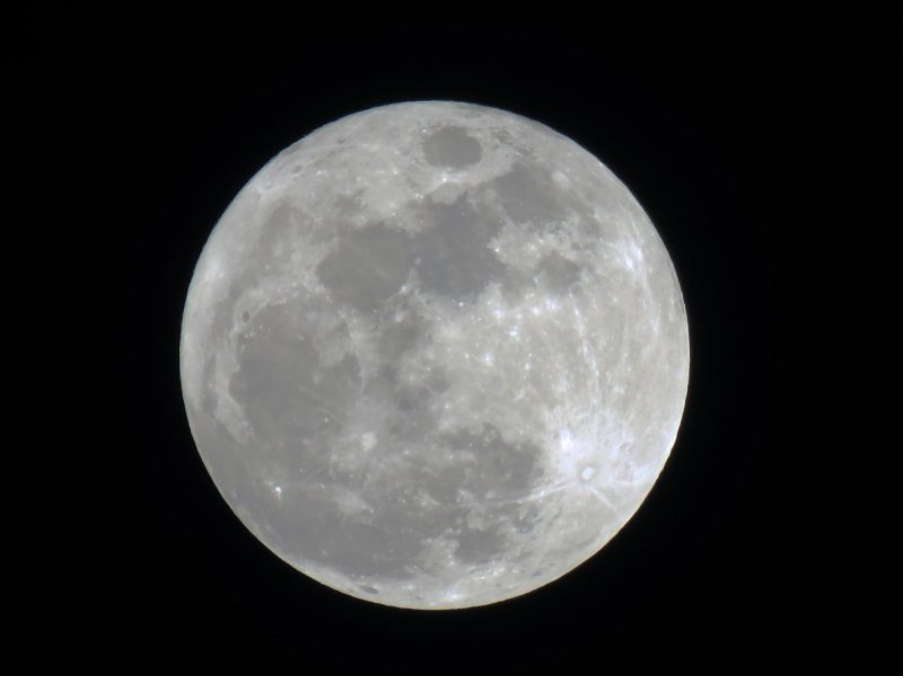We may notice that the Moon has different looks in a month. Each look is a phase of the moon or lunar phase. The Moon is covered with dead volcanoes, impact craters, and lava flows, some visible to the unaided stargazer, so it does not change size by itself to make it look different every few days.
As the Moon revolves separately around Earth and Earth revolves around the sun, the angle between the Sun, Moon, and Earth changes. As a result, the amount of sunlight that reflects off the Moon and travels to our eyes changes every day. The phases occur at a specific moment. Depending on where you live, you may or may not be able to see the exact moment of a phase, in part because the Moon may not have risen yet in your area.
We see the new moon phase change to the waxing crescent phase, then to the first quarter phase, After that is waxing gibbous phase, then to the full moon. But the full moon phase didn’t change back to the new moon phase, it changed to the waning gibbous phase, then to the last quarter phase, next to the waning crescent phase. From here the Moon changes back to the new moon. This span of time is called a lunar cycle.
I like the full moon phase best, it looks like a silver plate with big spot on one side. It seemed to be a plate that had been used by a princess, who liked silver and things that looked like some people have used it before her. The full moon looks round and flat like a plate. The gray moon seems to shimmer as the sunlight hits it, making its color silver. The dark places look like big spots that were decorated on one side to make it more like a “plate” that had been used by many royal generations before the princess even used it.

Did you know that a small amount of light comes from distant stars and the reflection of light from Earth( ‘known as Earthshine’ ). However the sun is the main source of light. The phases of the Moon are determined by the relative positions of the Sun, Earth and Moon. If the Moon is between the Earth and the Sun in its orbit, then the back side of the Moon is lit up and the side facing the Earth is in darkness. This is called a new Moon. If the Moon is on the opposite side of the Earth to the Sun, then the near side of the Moon will be fully lit up: a full Moon.



Comments